- 3D WOOD-1KG1.75
- Wood filament can produce a lot of dust and debris during printing, which may require frequent cleaning of the printer
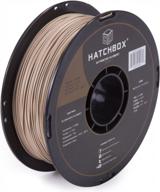
17
·
Very good
·
$$
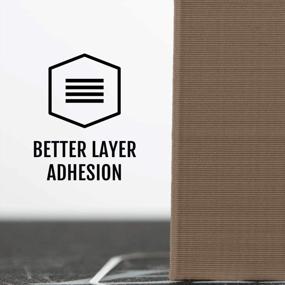
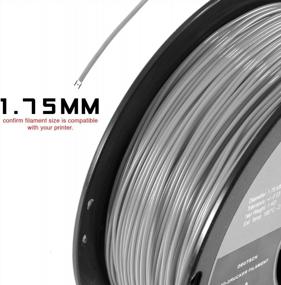
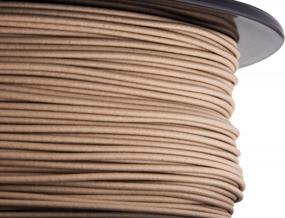

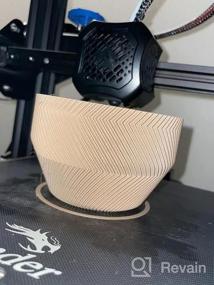
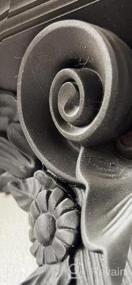
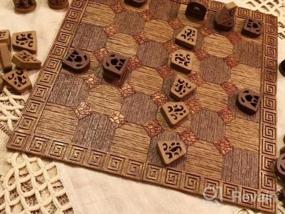
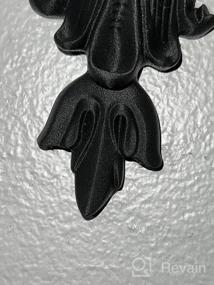
| Brand | HATCHBOX |
|---|---|
| Material | Polylactic Acid |
| Color | Wood |
| Item Weight | 1000 Grams |
| Item Diameter | 1.75 Millimeters |
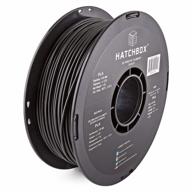
Premium Quality Black HATCHBOX PLA 3D Printer Filament With High Dimensional Accuracy - 1 Kg Spool, 3.00 Mm

37 Review
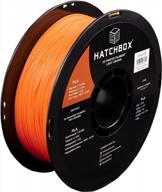
High-Quality 1.75Mm Light Orange PLA 3D Printer Filament By HATCHBOX - 1 KG Spool With +/- 0.03 Mm Dimensional Accuracy For Exceptional 3D Printing Filament Results

25 Review
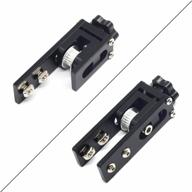
Befenybay 2020 Upgrade: X-Axis Synchronous Belt Tensioner For Creality Ender-3/Ender3 Pro/Ender3 V2/CR-10/CR-10 V2/CR-10 V3/CR-20 Pro –Straighten And Stretch For Enhanced Performance

50 Review
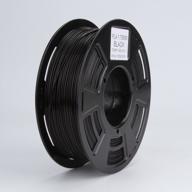
High-Quality Melca Black PLA 3D Printer Filament, 1Kg Spool, 1.75Mm Diameter With Precise Tolerance

30 Review

High-Quality Melca Black PLA 3D Printer Filament, 1Kg Spool, 1.75Mm Diameter With Precise Tolerance

30 Review
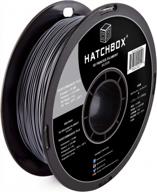
HATCHBOX Silver Performance PLA 3D Printer Filament - Dimensional Accuracy+/- 0.03 Mm For Superior Printing Results

30 Review
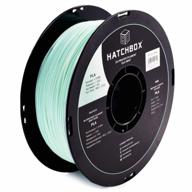
HATCHBOX 1.75 Mm Mint PLA 3D Printer Filament, Dimensional Accuracy +/- 0.03Mm, 1 Kg Spool

35 Review

High-Quality 1.75Mm Light Orange PLA 3D Printer Filament By HATCHBOX - 1 KG Spool With +/- 0.03 Mm Dimensional Accuracy For Exceptional 3D Printing Filament Results

25 Review

🖨️ FLASHFORGE Adventurer: Enhanced 3D Printer with Removable Extruders and Monitoring Features

4 Review
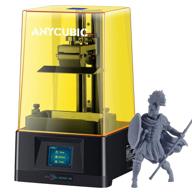
🖨️ ANYCUBIC Assembled Innovation Off Line Printing: Streamline Your Printing Process with Cutting-Edge Technology

5 Review

High-Precision And Stable Creality Ender 3 V2 3D Printer With New UI, Silent Mainboard, Effortless Filament Feed-In, XY-Axis Tensioner, Resume Printing, And Large Build Volume Of 220×220×250Mm

11 Review

🖨️ IFUN 3D Printing Liquid Resin: High-Quality Innovative Solution

5 Review